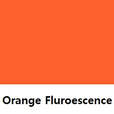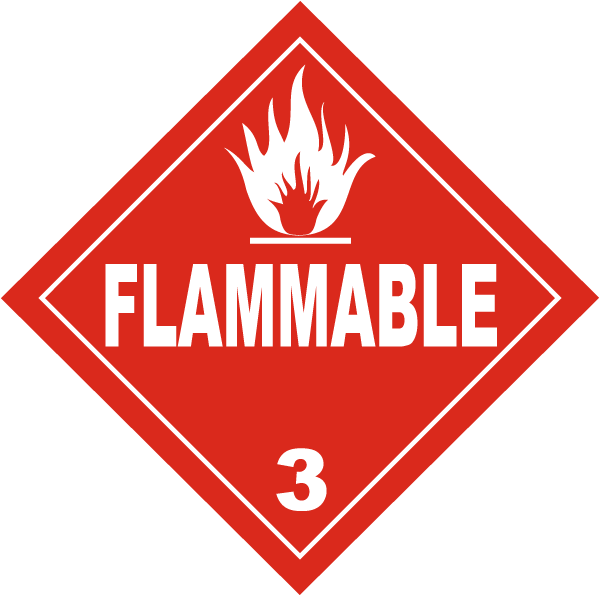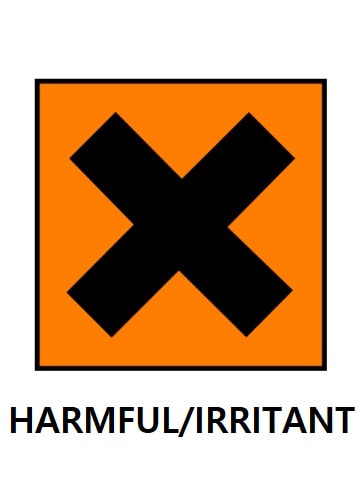|
Formula
Procedure of Application
Development Complete When
Source of Error
Incompatibilities
Precautions
Storage Container
Safety
Recommendations
Similar Reagent
Sequential Reagent
Formula
Rhodamine 6G Stock Solution: 1 g Rhodamine 6G dissolved in 1 liter Methanol Rhodamine 6G Working Solution: (Combine in the order listed) 3 ml Rhodamine Stock Solution 15 ml Acetone 10 ml Acetonitrile 15 ml Methanol 32 ml Isopropanol 925 ml Petroleum ether Procedure of Application
Development Complete When
The cyanoacrylate has absorbed the dye stain. Source of Error
Surfaces that absorb too much dye stain will fluoresce too brilliantly to be effective for photography. Incompatibilities
Items that inherently fluoresce in the 555 nm range will interfere with the dye stain fluorescence. Precautions
Avoid excess build-up of cyanoacrylate, since this may result in ridge detail depicting little contrast to the strongly fluorescent surface. Storage Container
Dark stoppered glass or plastic bottles. Safety
Fume hood use is required when preparing and applying the reagent. Recommendations
The recommended procedure of application is to immerse the item in a tray of the dye. A rinse using alcohol may be necessary to avoid excessive staining by the dye. Similar Reagent
Sequential Reagent
Vertical Divider
|
Chemical Name
Rhodamine 6G Surface Used On Non-Porous Surfaces Sensitive To Cyanoacrylate Deposit Abridged Reagent Sequence
Vertical Divider
|
Ridge Detail Visualized by:
Forensic Light Source induced Reagent Applicabilities: Non-Porous Surfaces Fluorescent Technique Post Cyanoacrylate Other Chemical Name(s):
Working Solution Shelf-life: Six (6) months |
Process Summary:
A fluorescent dye-stain used to enhance cyanoacrylate-developed latent prints. A fluorescent light source that will output light between 495 nm and 530 nm is required for this process.
A fluorescent dye-stain used to enhance cyanoacrylate-developed latent prints. A fluorescent light source that will output light between 495 nm and 530 nm is required for this process.
Accepted Deviations:
The strength (i.e. concentration) of the dye stain may be adjusted to personal preferences. The excitation wavelength may be varied to determine which produces the best fluorescence.
The strength (i.e. concentration) of the dye stain may be adjusted to personal preferences. The excitation wavelength may be varied to determine which produces the best fluorescence.
Supporting Reference Materials:
- Minutiae Magazine, Summer Special 1994, Issue No. 24, pg.7.
- "Chemical Formulas and Processing Guide for Developing Latent Prints", U.S. Dept. of Justice, pg. 47-48, 1994.






